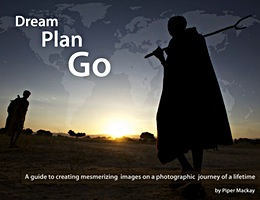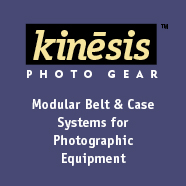
I have just arrived in India to lead my Tiger and wildlife safari and I wanted to share what gear I will be taking and why.
There is a constant debate surrounding the quality of gear versus skill. I think it goes without saying that you must first develop a level of skill that matches your expectations, especially with wildlife photography when you are shooting in low light with unpredictable action and access. Perhaps some types of photography have more latitude for compromise, but when it comes to wildlife photography, gear MATTERS.
Here is what is in my bag –
Nikon 2 D850 camera bodies
Nikon 24-70 2.8
Nikon 70-200 2.8
Nikon 1.4 teleconverter
Nikon Adapter for the lenses to fit the Nikon Z7 mirrorless
Nikon Speedlight SB-5000
Creative option
Nikon Z7 converter to IR
Nikon Z glass 24-70 4.0
On loan
Nikon 180-400 4.0 with built-in 1.4 teleconverter
Nikon Z7
For wildlife photography, I want the best low light capabilities both in my bodies and in my glass. This is one of the reasons for my switch to Nikon, which you can read about here. This is why I have 2.8 and 4.0 fixed glass, which means when I zoom in, the F-stop does not change like in the less expensive zoom lenses where the aperture can change from 4.5-6.3 as you zoom. In low light, when a lot of the cat action takes place, a stop of light is critical!!
Since switching systems, I have not yet invested in big glass. I know the 400 2.8 is superior in sharpness, as all fixed lenses, and no one can argue the importance of 2.8 fixed, both for low light and a shallow depth of field to isolate subjects from a distracting background. Adding a 1.4 converter would make the lens a 500 at F4, which is what I shot with for 15 years of my career. However, I am tempted by the freedom of range that the 180-400 F4 provides and the built-in 1.4 converter makes it a 500 at the quick flick of a switch. Nikon has loaned me this lens to test during my 3 weeks in India. The quality of sharpness from end to end could push me in that direction, but since I have the D850 and I can crop in the camera to cover some of the 200 – 400 along with a 1.4 teleconverter, I am not yet sure if I want to compromise on the stop of light and DOF.
I will also be testing the new Z7 mirror-less. My interest is not in “lightening the load” but the technology of the focusing points from corner to corner and seeing true exposure in real time. The two main concerns are the lag time when shooting at the highest frames per second and the reaction of the AF system when using the adapter for the DSL glass with the mirror-less camera.
I had the Nikon Z7 and the 180-400 F.4 with me at the Spirit-N-Light workshop last week and the quality of sharpness from both was excellent. However, the real test will come from photographing the Tigers.






Best of luck. I will be in India soon too,but unfortunately cannot afford nor wield the big glass. Of course my skills are inferior too…..
Make sure you go out an practice photographing wildlife as much as possible before you go. Skills will be increased with practice. Bird photography is tough so they make great subjects to practice with in your own backyard. A lot of tiger photography is shoot in brighter light so slower glass can work better on a Tiger safari than it may for an African Safari.
How do you transport all that equipment when traveling by air?
Hey Piper, it is an excellent question. What is your strategy for transporting all of this? Those f2.8 lenses especially are not light! It seems to me that some of the airlines that service Asia are much stricter about carry-on weight than airlines that service Africa.I carried very similar gear on our recent trip to Kenya with no issues (American and British Air), but the trip to Borneo last year on Singapore and Asia Air last year required more creativity in carrying on (and we also paid extra). So any advice would be greatly appreciated!
Sorry for the long delay, but right after I posted this, I had little network. I have the advantage of flying mostly to one continent, and India. Therefore, I am able to use the same airline, maintaining a high status with them. They also do not tend to weight carry on. On occasion, when I am hassled, I have to dance with my art of negotiation skills. I am also always prepared on what I may have to quickly sacrifice what will go into checked luggage.
We are in the same lodge in Kanha and I can’t wait to see your pictures and see what the 180-400mm can do on these conditions !
Actually I use the D850 too, the D500 with the 400mm 2.8FL, the 70-200mm and if the circumstances are not well, I use the TC14EIII. It’s really hard to anticipate the movements and the distance but I think the 180-400mm is absolutely perfect for tigers !
Good luck for tomorrow and I hope to see your pictures soon 🙂
Best regards
Vincent Chopard